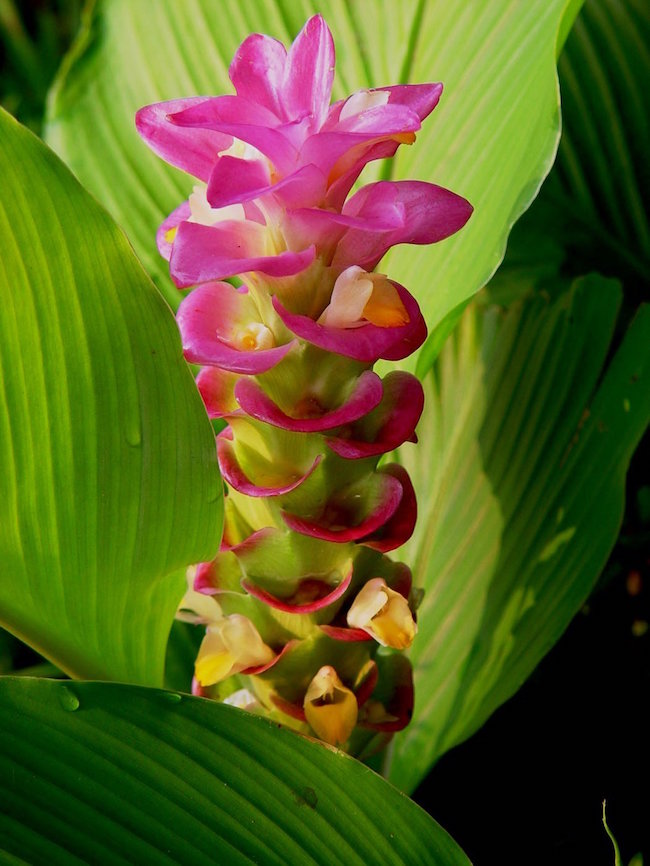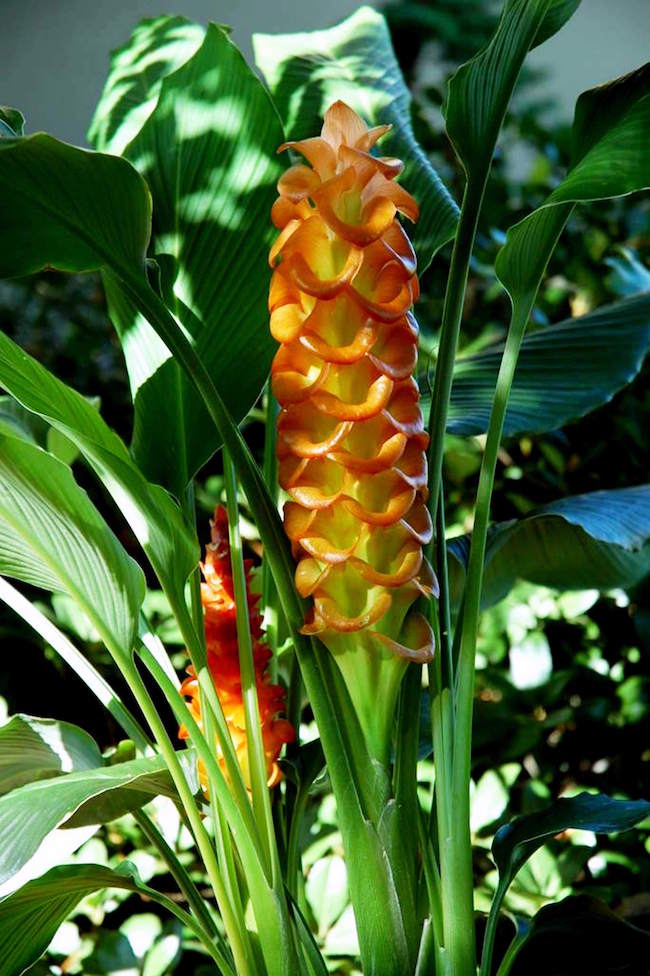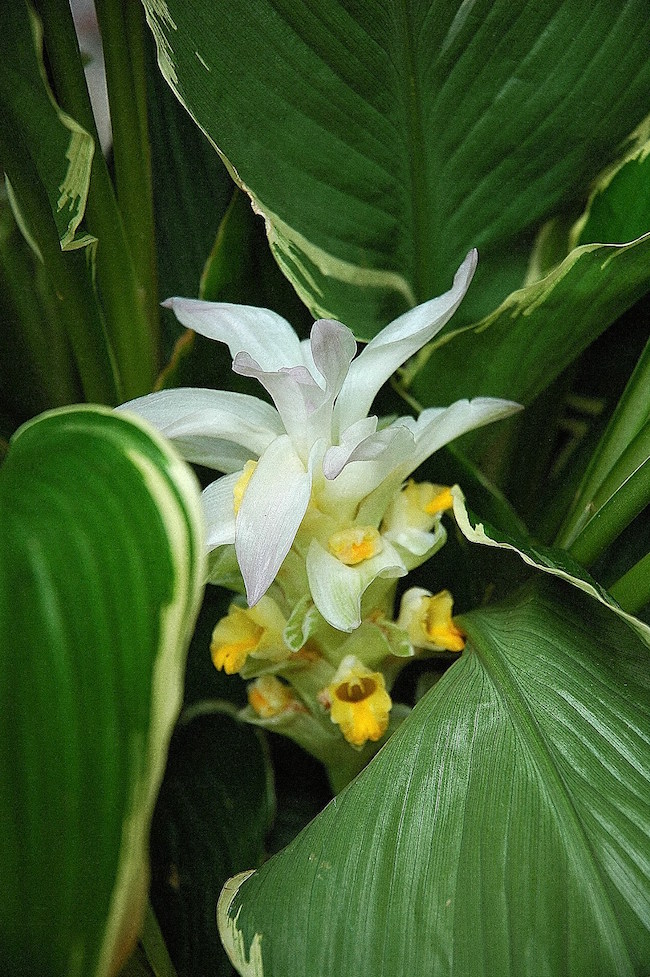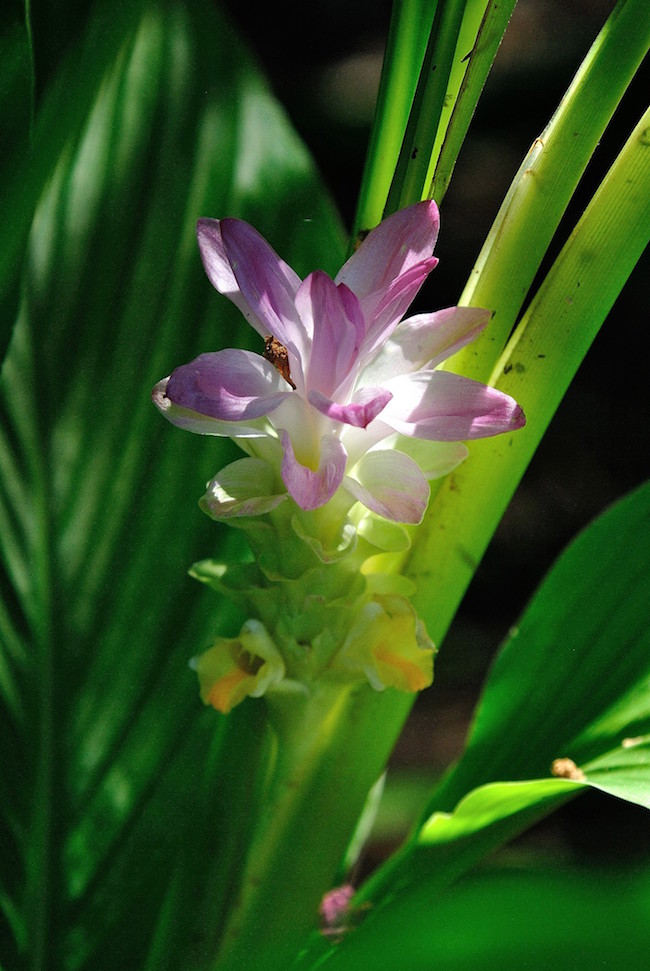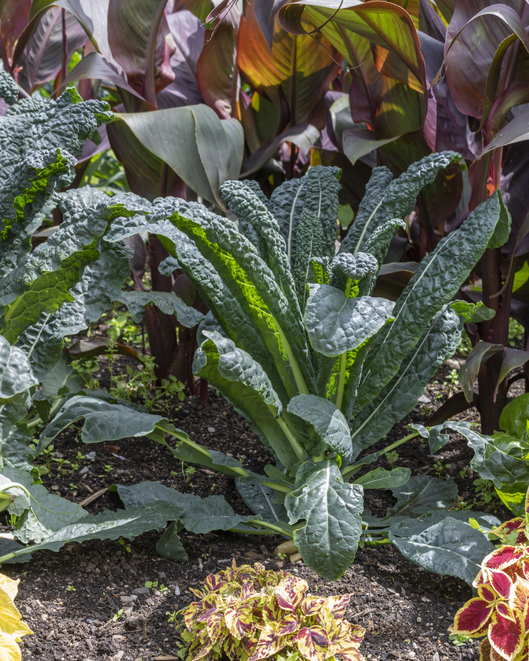Names like ‘Queen Lily’ and ‘Emperor’ belong to an incredible group, or genera, of gingers called “Curcuma.” To me, they are among the most beautiful plants you can grow in the landscape. As the names suggest, they are indeed fit for royalty.
In addition to these, I want to tout a few more that might best be described as the “crown jewels.” ‘Jewel of Thailand,’ ‘Jewel of Burma’ and the new one, ‘Garnet,’ are showing up in the marketplace with exotic flair that takes your breath away. While ‘Garnet’ may pay tribute to a semiprecious stone, I would liken it to a fine ruby.
These gorgeous plants are also among the easiest plants to grow, as many are cold hardy to U.S. Department of Agriculture Plant Hardiness zones 7 and 8. What about zones 5 or 6? Incredibly, these Curcuma gingers want to go dormant and go into what might be considered plant hibernation during the winter. All you have to do is place them in a frost-free location.
When I introduce gardeners to gingers, I am usually inclined to direct them to the hidden ginger, Curcuma petiolata. The foliage and flower are usually enough to sink the proverbial hook and thus I have a new convert.
It has lush, Canna-like foliage and a bloom that would make you swear it originated in Tahiti. Also called ‘Queen Lily,’ the bloom is a cluster of colorful, pinkish-purple, waxy bracts with yellow flowers. There is also a wonderful variegated form called ‘Emperor.’ These two curcumas are cold hardy to Zone 7.
It’s the ‘Jewel of Thailand’ that is even more riveting. It produces its bloom higher than the foliage, making it a great cut flower. The flower is larger and, though the bracts have similar colors, the flower appears even more vibrant.
‘Jewel of Thailand’ is cold hardy to Zone 8, but in the world of botanical nomenclature, it has some issues. Taxonomists want to give it a new species name, but the industry isn’t falling in line. You will still be buying it under the name Curcuma cordata.
The ‘Jewel of Burma’ is another absolutely stunning plant. Its color is from the warm or hot side of the color wheel and it produces a tall bloom that is a rich and showy orange. You would not want to grow these two jewels next to each other, but I promise you will want both.
Like the others, the foliage is similar to a canna lily, except with some crinkling or pleating. The ‘Jewel of Burma’ will reach 2 to 3 feet tall. I have always grown it in Zone 8, but others say it can survive Zone 7.
The ginger that has gardeners talking is ‘Garnet,’ a hybrid that is somewhat shorter, but mesmerizing, with a bloom comprised of ruby or garnet red bracts and big, showy yellow flowers. These and the other Curcuma blooms last a long time in the garden and will capture your visitors’ attention for weeks.
Gingers thrive planted in fertile, organic, rich soil that is well drained in the winter. (They will be dormant in the winter, so excess water will prove fatal.) The best location receives morning sun and afternoon shade that is dappled, shifting or filtered. Moisture and fertilizer will keep them growing vigorously.
If you buy container-grown plants, set them in the ground at the same depth they are growing in the pot. If you buy rhizomes, plant them about 4 inches deep. Curcuma gingers are slow to emerge in the spring, so be patient.
Feed in early spring and again in midsummer with a slow-release, 2-1-2 ratio fertilizer or 12-6-6 with minor nutrients.
Remove frostbitten stalks in the fall and add a protective layer of mulch. In colder areas store containers indoors in a protected location. Dig up rhizomes, remove top foliage and store in a cool, dry environment in sawdust or peat until winter is over.
In the tropical landscape, plant them in clusters on the shady side of bananas or among large elephant ears, philodendrons and palms. They look at home in a woodland setting with hostas, ferns, hydrangeas and the tropical-looking fatsia.
While these gingers represent the best choices for a bold, tropical look, one of their cousins, Curcuma longa, is turmeric. Though they may be scarce at the garden center, the mail order industry is alive and well with selections. The gingers at the Coastal Georgia Botanical Gardens at the Historic Bamboo Farm are blooming now, which is a good indication that your favorite garden center just may have a selection waiting for you.
Follow me on Twitter @CGBGgardenguru. For more on the Coastal Georgia Botanical Garden, go to www.coastalgeorgiabg.org/

